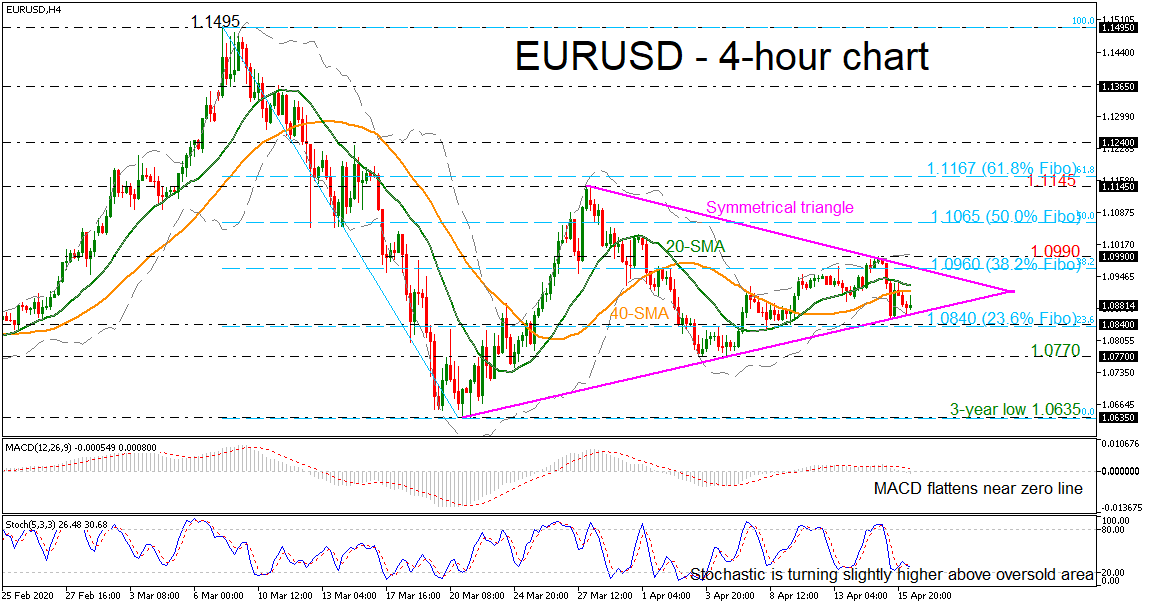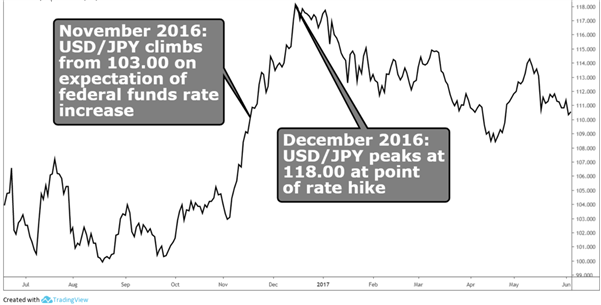Times Interest Earned Ratio Definition
Contents:


Sometimes, it may happen that principal payments are of a huge amount and can have a legitimate impact on the solvency status of an entity. Hence Times’ interest earned Ratio for XYZ Company is 5.025 times and ABC Company is 3.66 times. Interest expense is the amount of expense pertaining to the interest that arises in the company when it raises the finances through the means of the debt or the capital leases. The number of Interest expenses can be found in the statement of income of the company. In other words, the business can grow because there is money left over after paying debt interest to reinvest back into the business.
Like any metric, the straight line depreciation ratio should be looked at alongside other financial indicators and margins. The GoCardless content team comprises a group of subject-matter experts in multiple fields from across GoCardless. The authors and reviewers work in the sales, marketing, legal, and finance departments. All have in-depth knowledge and experience in various aspects of payment scheme technology and the operating rules applicable to each.
What is the Times Interest Earned Ratio Formula?
Therefore, the higher a company’s ratio, the less risky it is, and vice-versa. Analyzing long-term liabilities combines debt ratio analysis, credit analysis and market analysis to assess a company’s financial strength. Imagine a company with an EBITDA of $2M servicing a debt of $10M at 10% cost. Taking debt at the same cost of 10%, the TIE ratio becomes 0.66 with the same EBITDA.
Because this number indicates the ability of your business to pay interest expense, lenders, in particular, pay close attention to this number when deciding whether to provide a loan to your business. Businesses with a TIE ratio of less than two may indicate to investors and lenders a higher probability of defaulting on a future loan, while a TIE ratio of less than 1 indicates serious financial trouble. This formula may create some initial confusion, since you’re adding interest and taxes back into your net income total in order to calculate EBIT. The BEP is equal to the earnings before interest and taxes divided by the total assets. Profitability ratios are used to assess a business’s ability to generate earnings.
It is similar to the times interest earned ratio, but it uses adjusted operating cash flow instead of EBIT. When you use this metric, you are considering the actual cash that the business has to meet its debt obligations. A business that makes a consistent annual income will be able to maintain debt as a part of its total capitalization. Consequently, creditors or investors who look at your income statement will be more than happy to lend to a business that has been consistently making enough money over a long period of time. It is important to understand the concept of “Times interest earned ratio” as it is one of the predominantly financial metrics used to assess the financial health of a company. In case a company fails to meet its interest obligations, it is reported as an act of default and this could manifest into bankruptcy in some cases.
How do you calculate the times interest earned ratio?
These are the two most common non operating expenses that we see. Alright, So again, we take that and divide it by interest expense. So what this tells us is how many times we could cover our interest expense with our core income. So we’re gonna have this interest expense that’s going to be stable every period. What we we should be making from our operations at least that 50,000, right?
Intuit Inc. (NASDAQ:INTU) Shares Sold by Patten & Patten Inc. TN – MarketBeat
Intuit Inc. (NASDAQ:INTU) Shares Sold by Patten & Patten Inc. TN.
Posted: Fri, 14 Apr 2023 13:25:38 GMT [source]
The TIE ratio does not take into account any upcoming principal payment. Even if the business were to face a sizeable principal payment, the times interest earned ratio doesn’t show it. For example, let’s say that the Times Interest Earned ratio is 3; that’s an acceptable risk for the investors. Businesses that have a times interest earned ratio of less than 2.5 are considered to be financially unstable.
This means that the company will not be able to service the loan at all. The company will have to find another source for capital or avail debt at a significantly lower cost of debt. Interest expense represents any debt payments that the company’s required to make to creditors during this same period. Like EBIT, this information will also be found on the income statement. There are a number of metrics to assess a company’s financial health. Here’s everything you need to know, including how to calculate the times interest earned ratio.
Ready to Learn More?
Though a company has no need to pay off its interest charges 10 times over, it is good to show how much extra income flow they have for business investments instead of debt payments. The times interest earned ratio is a measure of a company’s ability to meet its debt obligations based on its current income. The formula for a company’s TIE number is earnings before interest and taxes divided by the total interest payable on bonds and other debt. The asset coverage ratio is similar in nature to the debt service coverage ratio but examines balance sheet assets instead of comparing income to debt levels. The ratio is calculated by dividing total assets less short-term liabilities by total debt for the same period. While both ratios measure a company’s ability to make its interest payments, they do so in different ways.
A financial analyst can create a time series of the times interest earned ratio to have a clearer grasp of the business’ financial status. A single ratio may not mean anything because it could only speak for one set of revenues and earnings. By calculating the ratio on a regular basis, this value will become more meaningful in terms of representing a company’s true fiscal status. In stock trading, the P/E ratio (price-to-earnings ratio) of a share (also called its “P/E,” or simply “multiple”) is the market price of that share divided by the annual Earnings per Share . Times Interest Earned or Interest Coverage is a great tool when measuring a company’s ability to meet its debt obligations. Times Interest Earned ratio measures a company’s ability to honor its debt payments.
When EBIT is divided by total interest expenses, it can be interpreted as how many times the firm is earning to cover its interest obligation. Is not authorised by the Dutch Central Bank to process payments or issue e-money. An application under Electronic Money regulations 2011 has been submitted and is in process.
Times Interest Earned Calculator
The following FAQs provide answers to questions about the TIE/ICR ratio, including times interest earned ratio interpretation. The final “gearing” or “leverage” ratio is commonly called times interest earned. With the best trading courses, expert instructors, and a modern E-learning platform, we’re here to help you achieve your financial goals and make your dreams a reality. As a point of reference, most lending institutions consider a time interest earned ratio of 1.5 as the minimum for any new borrowing. Tammy teaches business courses at the post-secondary and secondary level and has a master’s of business administration in finance. The interest expense number is usually an accounting calculation.

Let’s take an example to understand the calculation of Times Interest Earned Ratio in a better manner. See how bankers, brokers, and financial advisors can partner with altLINE as a part of our referral program. Our second example shows the impact a high-interest loan can have on your TIE ratio. Our goal is to deliver the most understandable and comprehensive explanations of climate and finance topics. They have contributed to top tier financial publications, such as Reuters, Axios, Ag Funder News, Bloomberg, Marketwatch, Yahoo! Finance, and many others.
The higher a https://1investing.in/’s times interest earned ratio, the more cash it has to cover its debts and invest in the business. The times interest earned ratio is also known as the interest coverage ratio and it’s a metric that shows how much proportionate earnings a company can spend to pay its future interest costs. Data used to calculate these ratios are provided on a company’s balance sheet, income statement, and statement of changes in equity. Times interest earned , or interest coverage ratio, is a measure of a company’s ability to honor its debt payments. In simple terms, the TIE ratio is the number of times the current interest expense can be paid off by the current EBITDA.
- When you do so, it will reduce the company’s interest payments, thus making the interest coverage ratio much better.
- In other words, the company’s income is ten times greater than its annual interest expense, so it should be able to afford the additional interest expense on a new loan.
- A TIE ratio of 2.8 shows that the company has enough in operating income to cover its interest expenses 2.8 times.
- It is essentially a numerical snapshot of a company’s credit health.
The return on assets ratio shows how efficiently the assets of a company are being utilized to generate profit. If a company has a TIE ratio of 2.0, it means not only do they have enough EBIT to cover annual interest payments, but they also have an equal amount of excess EBIT. If a company’s TIE ratio is 1.0, it means they have enough EBIT to cover their annual interest payments. To get the numbers necessary to calculate the TIE ratio, investors can look at a company’s annual report or latest earnings report. If your company can find out areas where it can cut costs, it will significantly add to their bottom line. Streamlining their operations and looking for ways to cut costs on a 360-degree front will make it work.
It denotes the organization’s profit from business operations while excluding all taxes and costs of capital. EBITEarnings before interest and tax refers to the company’s operating profit that is acquired after deducting all the expenses except the interest and tax expenses from the revenue. Higher TIE Ratio → The company likely has plenty of cash to service its interest payments and can continue to re-invest into its operations to generate consistent profits. If a company has a high TIE ratio, this signifies its creditworthiness as a borrower and the capacity to withstand underperformance due to the ample cushion provided by its cash flows.
The higher the ratio, the lower the portion of EBIT that needs to go to interest expenses. When companies have a low TIE ratio, they are at greater risk of defaulting since their operating income may not be enough to meet their interest expenses. This could indicate a lower profit margin on their products or a too-heavy debt load.
The accounts receivable turnover ratio shows how often a company can liquidate receivables into cash over a given time period. The inventory turnover ratio illustrates how many times a company turns over their entire inventory within a given period of time. The quick ratio determines how many times the company can pay off its current liabilities with its current liabilities less its inventories. A TIE ratio of 2.8 shows that the company has enough in operating income to cover its interest expenses 2.8 times. On a company’s income statement, interest and taxes will be deducted from EBIT to determine the net earnings or net loss.
Conceptually identical to the interest coverage ratio, the TIE ratio formula consists of dividing the company’s EBIT by the total interest expense on all debt securities. Otherwise known as the interest coverage ratio, the TIE ratio helps measure the credit health of a borrower. As a general rule of thumb, the higher the times interest earned ratio, the more capable the company is at paying off its interest expense on time. Coverage ratios measure a company’s ability to service its debt and meet its financial obligations.

However, a company with an excessively high TIE ratio could indicate a lack of productive investment by the company’s management. An excessively high TIE suggests that the company may be keeping all of its earnings without re-investing in business development through research and development or through pursuing positive NPV projects. This may cause the company to face a lack of profitability and challenges related to sustained growth in the long term. The resulting ratio shows the number of times that a company could pay off its interest expense using its operating income. The fixed-charge coverage ratio indicates a firm’s capacity to satisfy fixed charges, such as debt payments, insurance premiums, and equipment leases. Startup firms and businesses that have inconsistent earnings, on the other hand, raise most or all of the capital they use by issuing stock.